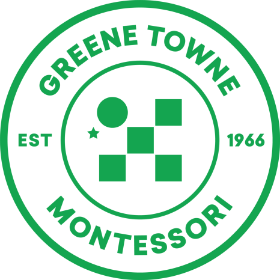Monarch Community: A Look Into the Sensitive Periods In A Toddler Environment (April 2024)
“One of nature’s most resplendent miracles is indeed the power of the newly born, with no experience at all, to find their way about and protect themselves in the outer world, guided by partial and transitory instincts which show themselves as Sensitive Periods.” Montessori, The Secret of Childhood The Sensitive Periods The sensitive periods are […]
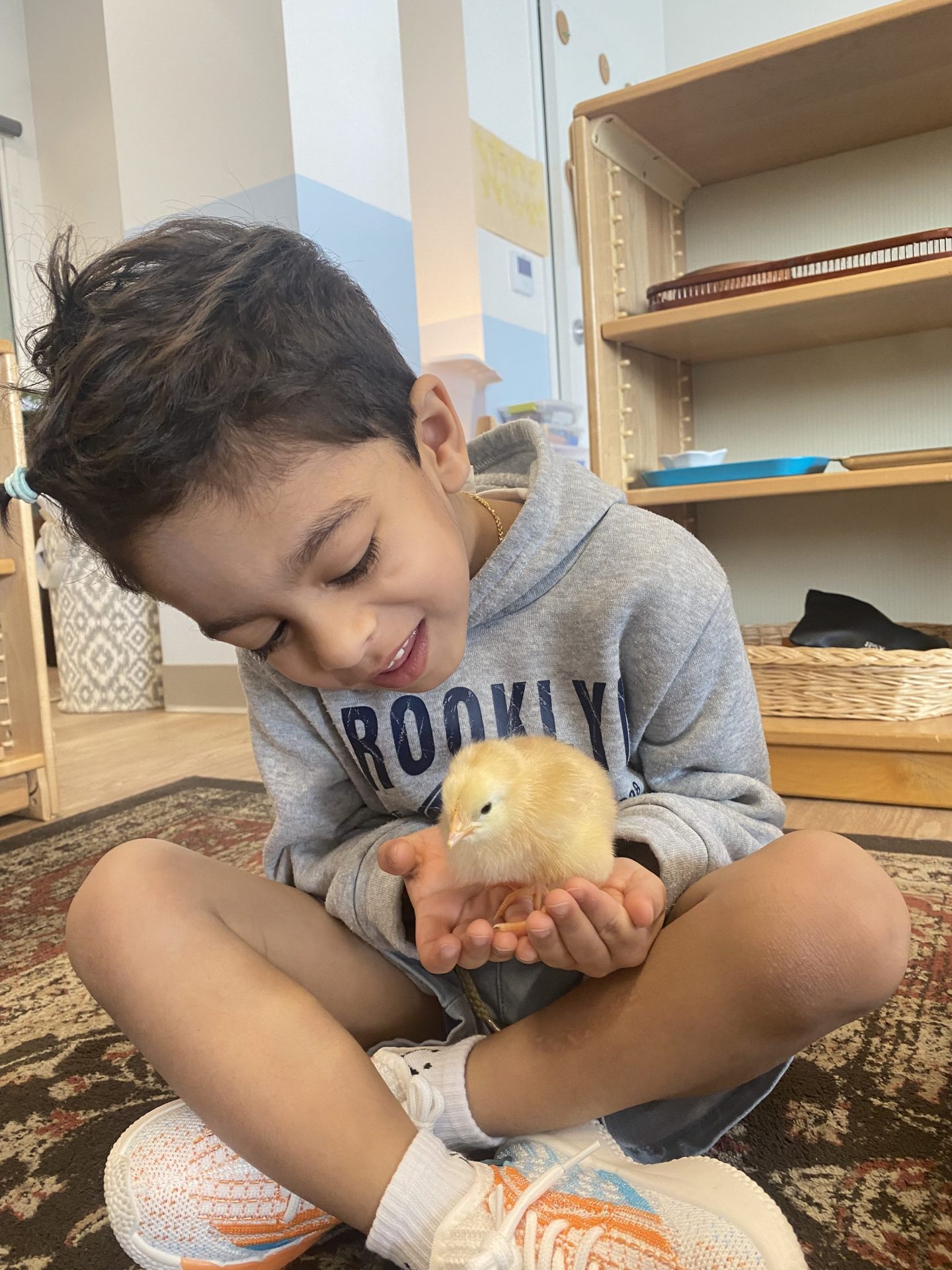
“One of nature’s most resplendent miracles is indeed the power of the newly born, with no experience at all, to find their way about and protect themselves in the outer world, guided by partial and transitory instincts which show themselves as Sensitive Periods.”
Montessori, The Secret of Childhood
The Sensitive Periods
The sensitive periods are critical times in a child’s development for learning certain skills. The prime time for absorbing the sense of order, language, movement, and refinement of senses is between the ages of 0 and 6. These skills can be learned later in life, but the individual will be less responsive to absorbing the information making it more challenging and less motivating for them. In the Montessori enviornments, opportunities are provided to the children to feed their individual needs for their sensitive periods.
How do we help to facilitate the sensitive periods in the toddler Montessori environment?
Order
The prepared environment is an essential element in providing external order, so the children are able to build internal order. This will lead to a more confident, regulated, and flexible child. The prepared environment is comprised of the physical space and design of the room, the organization and presentation of the materials, daily routine (schedule), the systems in place within the daily routine, and the preparation of the adults.
- Physical Space: the curricular areas flow from Language, Small Manipulatives, Sensorial, to Mathematics. Practical Life and Art are in the kitchen area by a water source.
- Materials: There are minimal materials avaible at once. Too many options will cause a feeling of uncertainty and overwhelm. It is similar to going out to a restaurant with a menu too large and having that feeling of, “What do I want? What do I want? What do I want?”
- Organization: the materials are presented from simple to challenging and from concrete to abstract.
- Presentation: the materials must be inviting, complete, and visible to the child
- Daily Routine: The daily routine gives the children comfort of knowing what comes next. It is the same everyday, so they know after recess is circle and then lunch.
- Systems: there are systems in place that are classroom norms like wearing an apron for water work, putting away work when finished, turning out the lights and ringing the bell before circle, washing hands after toileting and before eating, etc.
- Preparation of Adults: it is crucial for adults to enter the environment calm and clear headed, intentional and consistent with their language, setting clear limits, following through with redirection, and respectful to all
- At this time of year, I often approach children with a smile and ask, “What am I going to say to you?” and they will respond with the answer, “Feet go on the floor” or “Walking feet.” They have heard these phrases and had consistent redirection from all adults, so they know the expectation and what the natural consquence will be. Knowing how an adult will respond will bring great confidence and trust.
Order gives children the feeling of saftey and control, because they know what to expect. Changes in a child’s sense of order can feel disastrous. It could be something that feels as minute as serving pasta in a blue bowl rather than their green bowl, driving a different route home, reading two books before bed rather than three, switching where you typically sit at the dinner table, etc.
After careful conversation with Marissa and Sara, I switched the arrangement of our environment. This was a huge change, so I asked the children for assistance rather than waiting until they were gone. First, we sat and discussed what we were moving and in what order we would do it. They moved all parts of our Library area to the hallway, helped clear work off the shelves, moved the shelves, and then put the work back on the shelves. They also cleaned under the shelves and cubbies. They were so proud of themselves!
Language
Language is how we communicate our needs, express emotions, understand others, and build relationships. The children are immersed in language as soon as they arrive at school. They are greeted by an adult and if they wish to talk about their morning routine or commute, we are ready to listen. If a child is nonverbal, we will respond to them based off of their facial expressions and manneurisms. Much of the language in the Toddler environment is mediated through the adults, who model the use of language through conversation, story reading, songs, and instruction in words and phrases that children can use for effective social communication. We model communication skills by waiting to speak, recasting or repeating back what they said, asking quesitons, speaking slowly, annunciating, and being polite.
In the classroom, the children explore language through looking at books, naming items they see in pictures, naming puzzle pieces, identifying objects, matching an object with a picture of the same object, and sound recognition.
Circle is a time of community building and sharing, and we learn a lot about each other through conversations and storytelling. We also read books and sing a lot of songs. Singing songs is a fantastic tool for building language skills because songs are rhythmic and catchy, and fun! We will sing songs with different emotions and mirror our facial expressions and tones to the emotion. We create problem solving songs by switching words like, “If you’re angry and you know it take a breath!” or “If you’re sick and you know it, cover your cough!” Children begin to sing the songs as sounds, and with more practice they begin to form the words. Soon, they are singing clearly for all to hear, and are often heard at rest time singing to themselves.
I just added more song recordings to the our Toddler Songs document.
Toddlers are incredibly responsive to learning new words, making this the best time to learn a new language. The best approach is for them to experience a new language consistently: exposure is key. We are lucky to have a classroom where multiple languages are spoken and understood, and some children have even picked up on their best friend’s first language and have begun naming things in that language. We are also fortunate to have Ms. Sara, who is fluent in Spanish and sings our songs to the children in Spanish. Jack Be Nimble is a popular song she sings, which gives nomenclature to different body parts. They are teaching me! If the opportunity arises, I will record them singing this song.
At lunch, we use purposeful language while conversing about our food. If apples are the fruit, we might describe the apple. The peel is red and smooth, and the inside is yellow. Apples can also have yellow and green peels. Are there any other red fruits that we eat? Then, we will listen to each other’s “crunches” while they bite an apple. Sometimes, I close my eyes and listen to add some excitement. I might ask if their apples are dry or juicy (knowing they are juicy, I will say that option second).
Movement
“There is the freedom to move within the environment, but more importantly, movement is embedded in the curriculum. Each material requires muscular movement that sends signals to the brain, which builds neurotransmitter connections, leading to a more orderly, disciplined, and regulated child. The children are constantly in motion during their day, whether it is carrying a tray to a table, pushing in a chair, rolling a rug, walking to get a towel, painting at the easel, mixing ingredients, transferring objects via tongs, building with the magnetic tiles, walking to get water, switching their shoes, cutting an apple, sweeping up crumbs, scrubbing the table, etc. Fine movements are just as crucial. The children are feeling how a sound is shaped, manipulating a variety of utensils, twisting off lids, unzipping their jacket and lunch bag, pouring with glass pitchers, building contraptions that require precise movements, hammering nails, cutting with scissors, practicing how to spin a dreidel, etc. They are always moving and therefore always refining and strengthening their skills. As their skills strengthen, so does their independence.”
Michelle Nowacky, What Is All The Fuss About Core Strength? (February 2024)
As I mentioned above, our environment has changed. The children helped move the furniture and materials to create nooks and narrower paths for walking. Now that the children are more coordinated and balanced, they are able to navigate the new layout of our room safely.
Check out the blog from February 2024 (Core Strenth) for more information on movement in the environment and activities to explore at home. The link is at the bottom of this blog.
Refinement of Senses
The prepared environment provides the time and space for children to explore the materials freely, at their own pace, and to repeat the materials as much as they want. Through careful observation, the work changes and becomes slightly more challenging, helping to refine the skills they have already learned.
In the two videos below, you will see two children working together using order: choosing a card, placing it into the basket, and then doing the task they selected. You will hear language: the instructions being stated aloud, counting if necessary, exclamations, and the free communication of the children in the background. Movement is a crucial piece of this work: squatting down, flipping the cards over, standing up, stomping feet, walking around, high-fiving, and moving mouths to communicate with each other.
Supporting The Sensitive Periods At Home
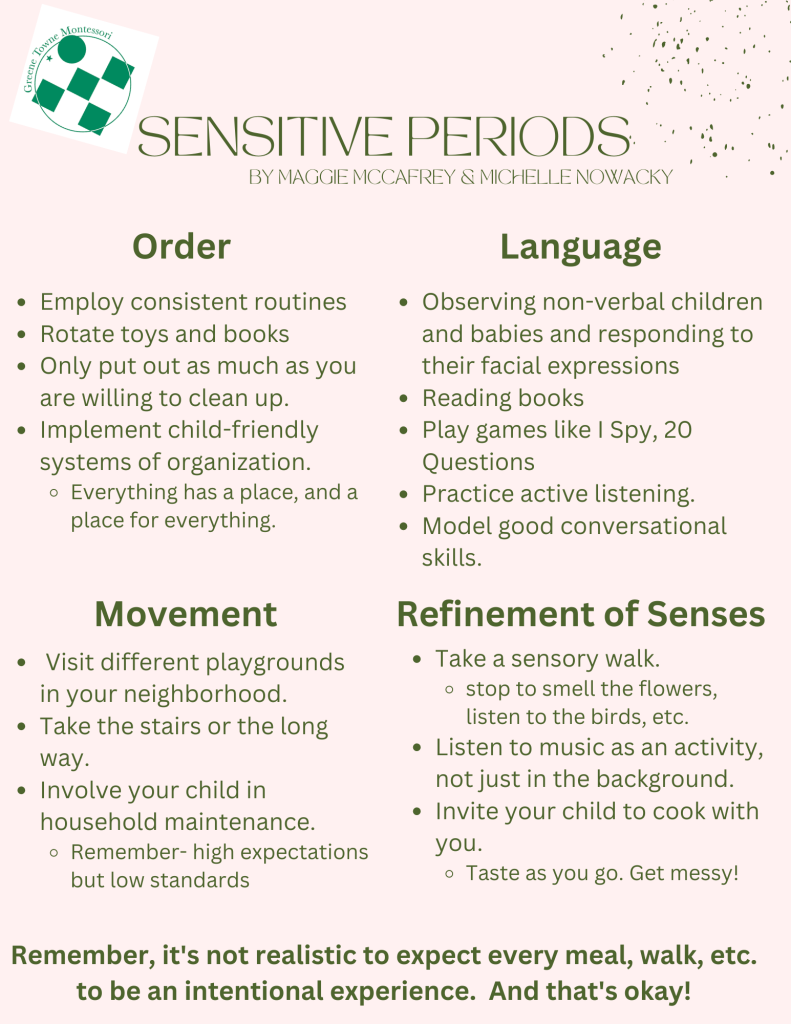
Holiday Celebration Books
This month, we celebrated Ramadan, Eid, and Passover. For Ramadan and Eid, the children enjoyed making paper lanterns and eating nut-free Ma’moul. For Passover, we removed leavened products. The crackers for our self-service snack were replaced with matzah, and the children spread guacamole on their crackers. The children enjoyed reading these particular books for the holidays. Mostly, they enjoy learning about their friends and celebrating them.



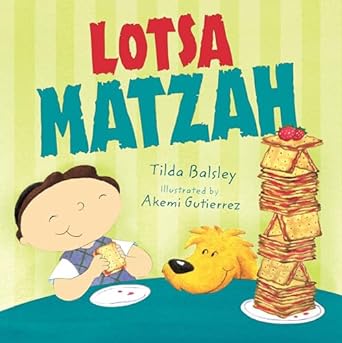
Meeting the Chicks
We visited a Primary classroom and spent time with the chicks. The children were excited and so gentle with them.




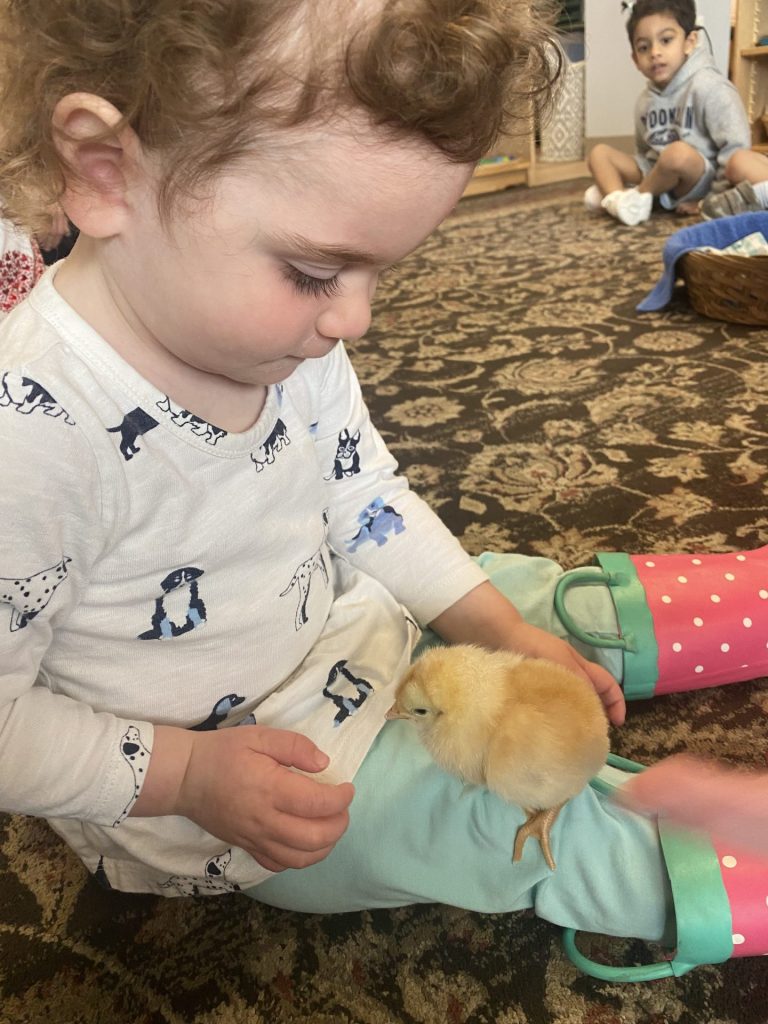
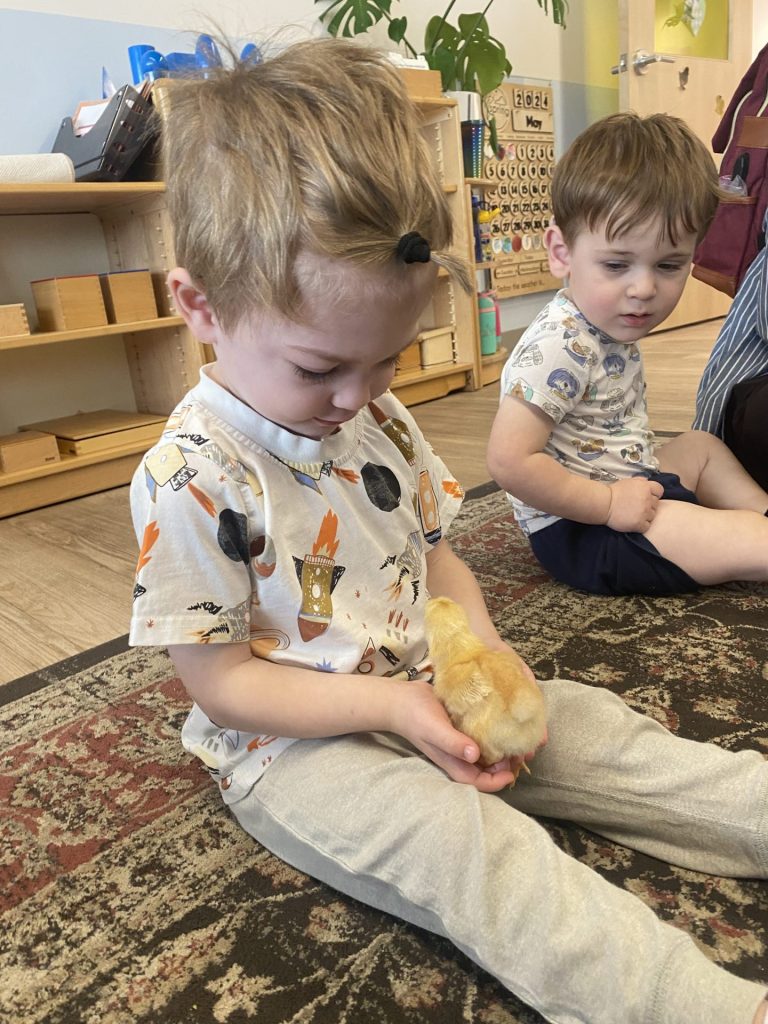

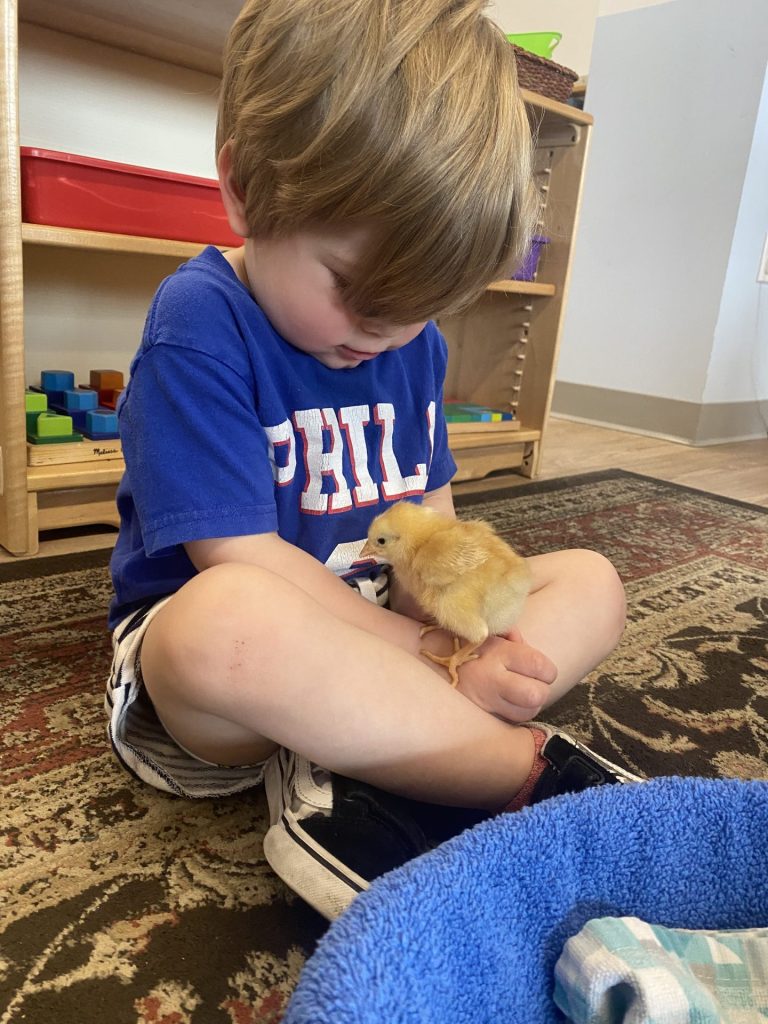


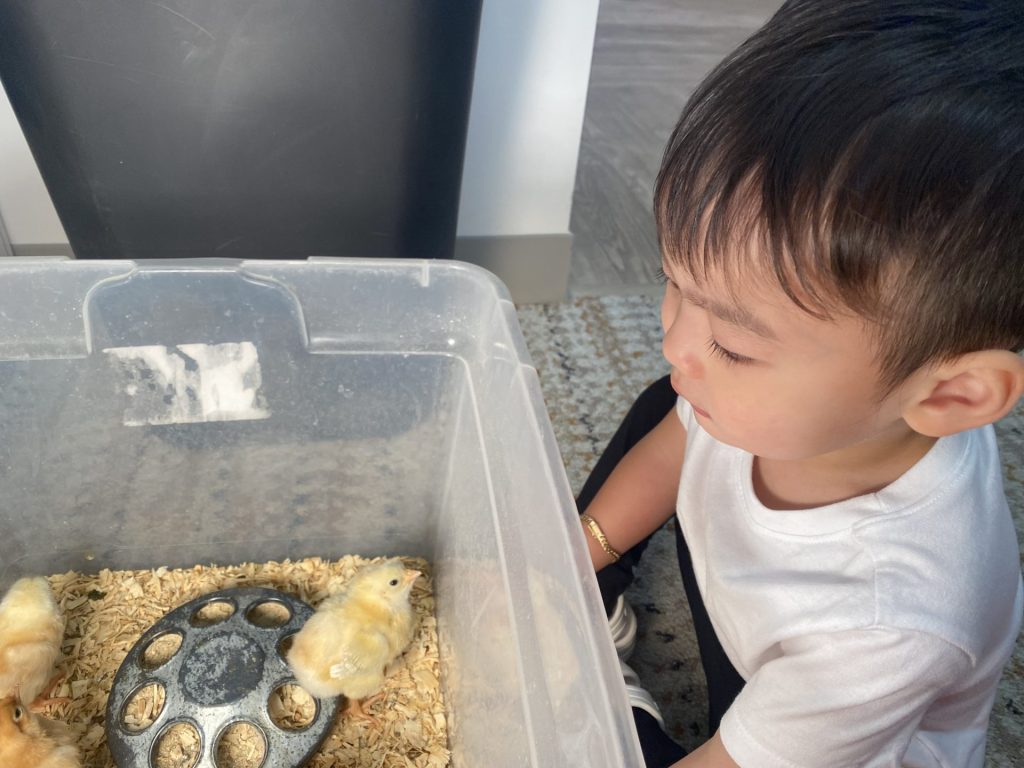
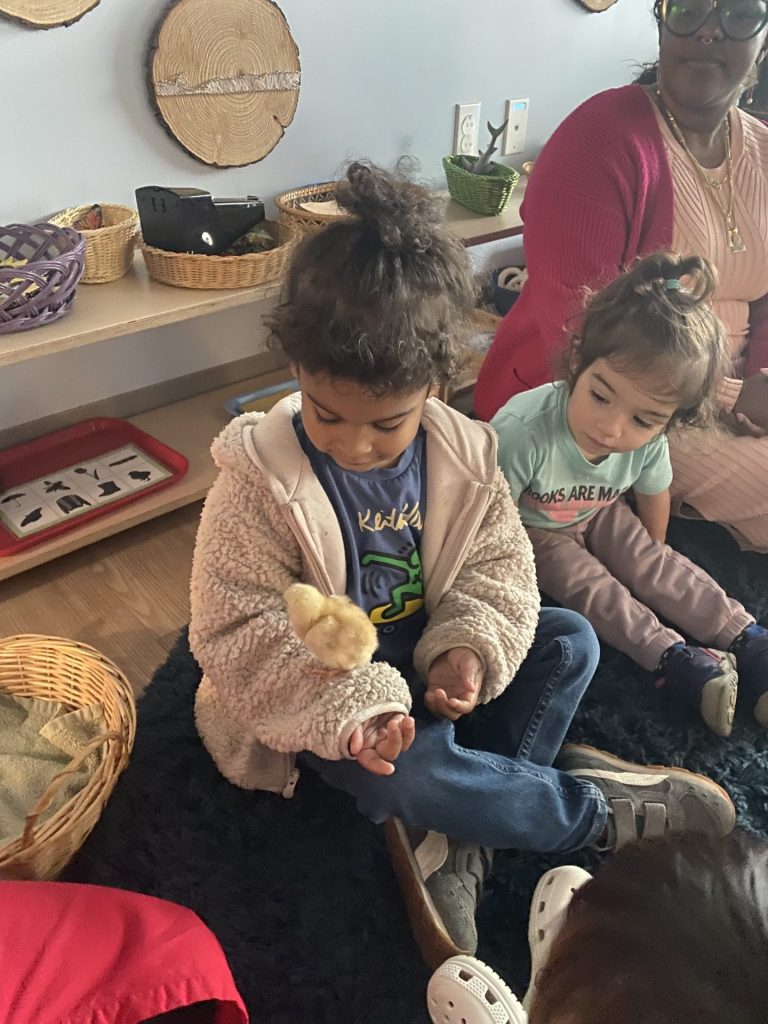
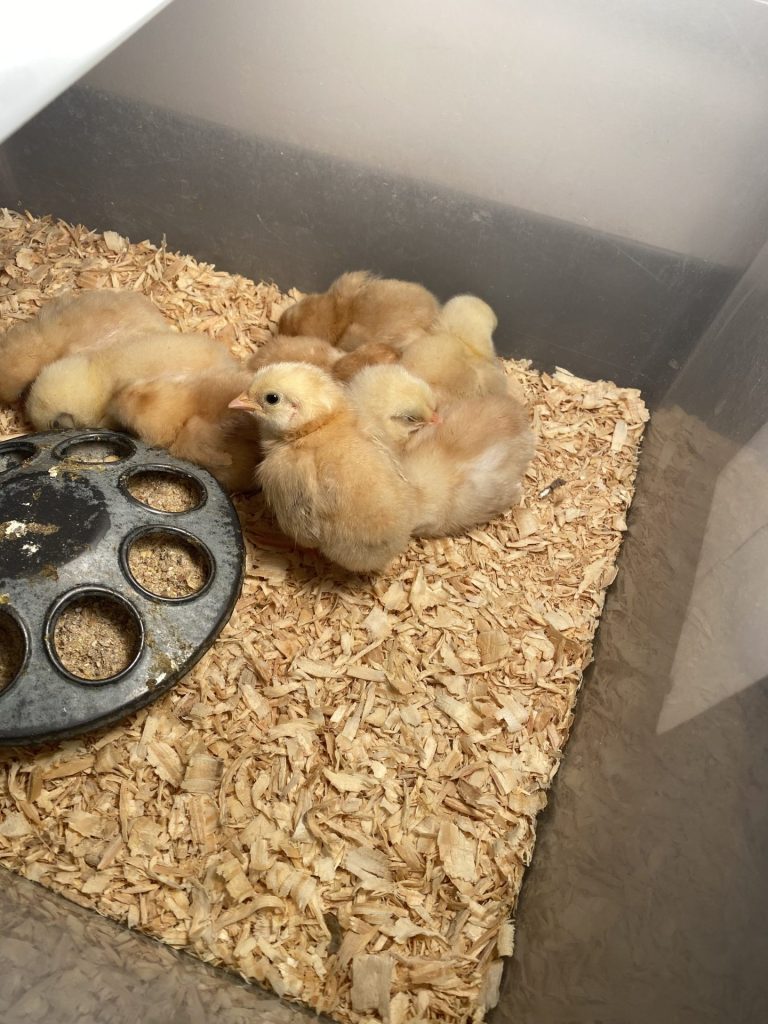
Upcoming May Events
- Saturday, May 4th: Spring Family Social at Smith Memorial Playground, 10:00 am – 12:00 pm
- Wednesday, May 8th: Parent Education Workshop: Picking Apart Picky Eating, 9:00 am, RSVP
- Saturday, May 18th: Auction Gallery Walk
- You and your family are invited to walk through Greene Towne and preview the Auction artwork!
- Friday, May 24th: Happy Hair Day & 11:45 Dismissal for All
- Your child is encouraged to wear their hair the way that makes them feel happiest! Is that their everyday style? Added colors, bows, or clips? In a way that makes them laugh?
- Monday, May 27th: School Closed for Memorial Day
- Wednesday, May 29th: Toddler House Ice Cream Social, 3:30 pm – 4:15 pm
- You and your child are invited to join us for an ice cream party on the playdeck!
- Allergy-friendly options are available
- Friday, May 31st: GTMS Annual Auction
- Get your tickets here!
- See you there!!!
Previous Blogs
- Monarch Community: Short, But Sweet (March 2024)
- Monarch Community: What Is All The Fuss About Core Strength? (February 2024)
- Monarch Community: Bibliotherapy (January 2024)
- Monarch Community: Nurturing the Child’s Spirit Through the Sense of Wonder (December 2023)
- Monarch Community: Helping vs. Hindering (November 2023)
- Monarch Community: Toddler Development & the Importance of Limits and Natural Consequences (October 2023)
- Monarch Community: Setting Your Child Up for Success thro
- ugh Repetition and Routine Building (September 2023)
- Monarch Community: Welcome To The Monarch Community at Greene Towne Montessori School (August 2023)

